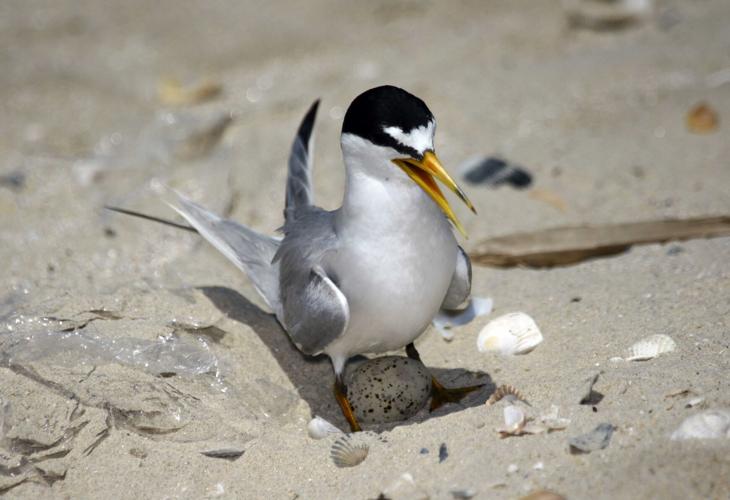With hurricanes coming into the Gulf of Mexico, I wonder how the birds will fare.
You’d think that because birds can fly, they would head to safety before a storm, but that is not the case for many. Different bird species are affected in different ways, depending on their situation.
We don’t truly know how all of the species in an area handle major Gulf storms. We do know that an area that has taken a direct hit from a major hurricane can be almost totally devoid of birds for up to a year or more afterward.
When Hurricane Harvey hit the Rockport area, much of that range did not see the regular land birds, such as Northern cardinals and other songbirds, for a long time.
Harvey affected other Texas areas with major long-term flooding. This caused birds such as hawks and owls, that are dependent on rodents or other prey, to either leave the area or die off.
Local birds that normally don’t migrate or aren’t used to moving with a food source may not be “hard-wired” to leave a food-depleted area if the area is extensive.
In late summer or fall, migratory birds are moving south for the winter in our area. Storms can affect their movements, making them shift to less productive areas or forcing them to take longer routes. Unlucky tens of thousands can die over the Gulf if they run into a storm, forcing them down into the ocean. There is no recovery from that.
Storms will definitely affect food sources.
Those migrants trying to build up fat reserves before leaving the Texas coast will struggle to make the long journey. This is even more prevalent in spring migration when more birds choose to migrate over the Gulf instead of around it.
August through October is the main migration season of the ruby-throated hummingbirds. They come through the upper and mid-Texas coastal areas by the tens of thousands, all looking for food to fuel up for their migration south. It’s time to help them out with hummingbird feeders (4 parts water, 1 part sugar) and if a storm hits they really need extra help. Heavy winds and rain will destroy flowers with their much-needed nectar.
Nesting coastal birds such as plovers, oystercatchers and terns, amongst many others, rely on small nesting islands out in the bay or beaches to lay their eggs and raise their young. Storm surges will raise water levels and wash over these islands and even beaches, taking eggs and chicks into the water. Whole colonies of skimmers and shorebirds will fail instantly.
With storms becoming stronger due to a changing climate, they are having a hard time.
Gulf storms often drive pelagic birds ahead of them or carry them in their eye to the shores or even a long way inland. These birds normally live far out in the ocean and are not used to navigating over land. If they are lucky, they will find a large inland lake and food to help them survive. Birders get to see a rare species without traveling out by boat into the ocean, but at a high price for the birds.
If you find an injured or stranded bird after storms, please contact a local wildlife rehab facility for instructions.
Please do what you can to help. For the birds.






